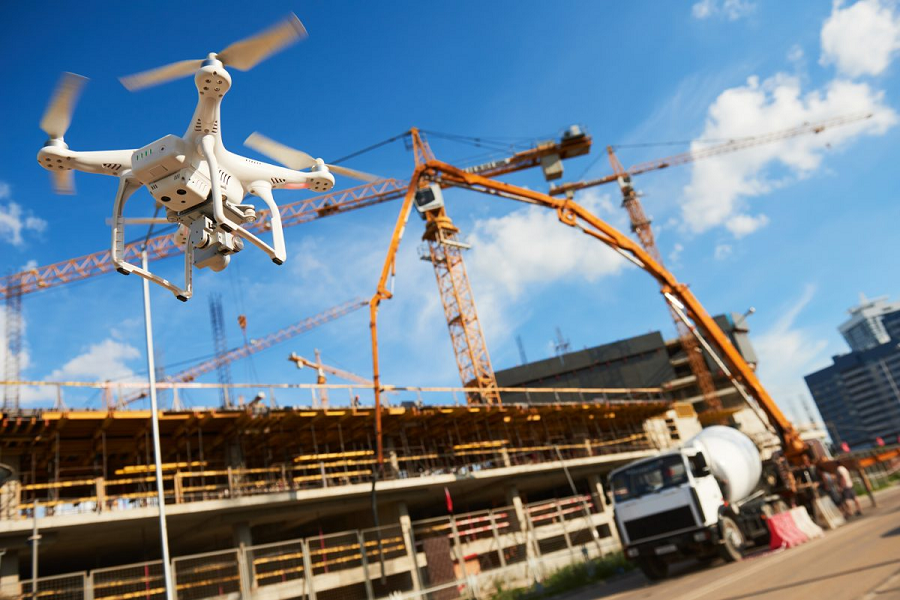Like in other industries, technology has also improved the construction industries. Different innovations keep coming up daily, and they all enhance the productivity and output of those who work in the industry. Some of the changes you should look out to in 2020 include:
Safety gear
Safety is an essential factor in construction, and as such, it is one of the areas that has seen tremendous improvements in terms of technological advancements. Different types of safety gear can be used in a construction site ranging from what the workers wear to what they use to issue warnings whenever necessary.
Wearable technology like smartwatches have been made for the construction industry, and they have reduced the rate of accidents on construction sites. Other products like Orion flares also help in improving the safety of the construction sites.
Robotics
Laying out a foundation on a site is usually a tedious task that takes a lot of time and effort from the workers.
Even so, the manual process doesn’t work on complex buildings, and that’s where construction robots come in which are known as total robotic stations, this innovation allows workers to lay the foundation using electronic theodolite that can be controlled remotely.
Augmented reality
For years the actualization of augmented reality has not been successful, but that is expected to change soon. There’s already an application that uses the augmented reality technology that can be used to capture measurements of the construction site.
The level of a high level of accuracy this technology presents is a massive boost in the construction industry. It is expected to provide the same value it brought to the manufacturing industry.
Self-healing concrete
Concrete is one of the widely used materials in construction, which means that any advancement that affects it affects a significant part of the industry. One of the biggest problems experienced with concrete is cracking.
Once concrete starts cracking, the crack will continue to grow and could end up damaging the entire structure. The cracks usually result from the chemicals in the pavement, and they can result in more water getting into the concrete.
Self-healing concrete is a solution because it ensures that the substances don’t create any space within the concrete that could lead to the development of cracks.
3d printing
As technology advances, more complicated architectural designs are demanded. 3D printing allows architects to create their vision of the structures easily within the shortest timeframe.
Initially, two-dimensional drawings made it very difficult for designers to create the desired structural models. That has changed, thanks to the 3D innovations. The level of detailing that 3D technology allows is fantastic.
It eliminated room for error and created room for faster construction. It also removes the previous challenges with 2D designs and therefore makes the projects cheaper.
Building information management
This is an innovation that is one of the most versatile because it allows different people involved in the construction process to share information easily.
For instance, architects and contractors can share information quickly and therefore coordinate properly and agree on the details of different aspects of the project.
The collaboration can be done on a 3d model of the project, which means that they are in a better position to figure out the functionality of the structure and repair whatever is no working cohesively.
Modular construction
Modular construction is also expected to make construction projects cheaper, faster, and more accurate. This type of technology allows the works to assemble everything they need for the project away from the site before completing the project on the website.
The assembling is usually done in a controlled environment, and that helps reduce the rate of errors because the workers are more in control of the project.
Drones
On construction sites, drones can help provide an aerial view through high-resolution pictures and videos; this helps in better planning of the projects and improving the working conditions to enhance the safety of the employees.
They also help in tracking the progress of the project and monitoring of the site. And, as such, will assist in identifying any problems as soon as they arise. This will, in turn, allow the workers to fix that problem as quickly as possible before more damage is caused.
Drones are providing a cheaper option when it comes to mapping, inspecting ad surveying the construction site.



